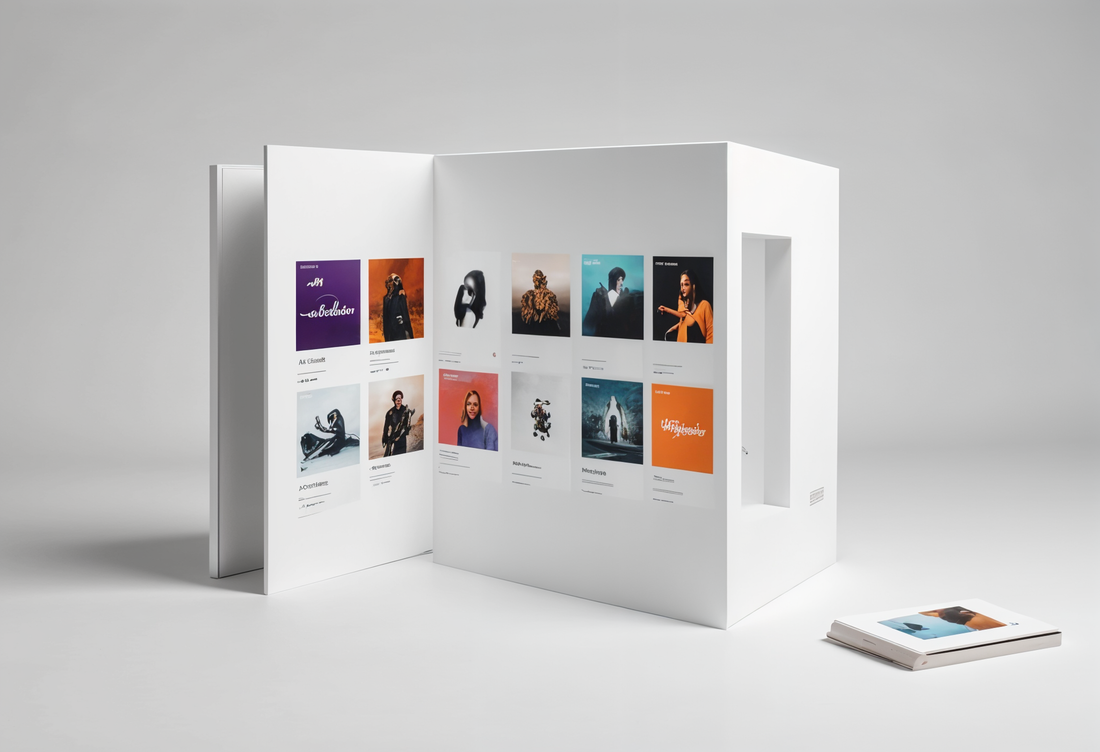The New Frontier in Music Discovery and Enjoyment

AI is revolutionizing how we discover and enjoy music, blending genres and breaking down barriers like never before. AI-driven music services can curate playlists and even create new music that reflect our eclectic tastes, seamlessly integrating classical and new music with popular genres introducing us to pieces we may have never happened upon by ourselves. This technological leap offers a unique window into our musical psyches, showcasing not only what we listen to but how we listen and organize our music and offering a wider selection than we may have chosen on our own.
There is nothing more revealing than sharing colleagues’ playlists. One performer I know has playlists for walking, gym workouts, shopping, and driving. Each playlist features an eclectic mix of styles, from jazz and ambient to reggae, show tunes, and rock. Interestingly, not a single piece of classical or new music appeared in any of these collections. Instead, the musician had a separate library for these works, meticulously categorized by time period, genre, and composer. However, within these sections, there was no further ordering of the pieces beyond their historical placement, making it feel like an audio book of a music history survey class. Unlike the creative eclecticism of the utilitarian playlists, the "serious" music was reserved for "serious" listening, categorically isolating it and negating the individuality of each piece. It was as if a Berlin Wall had been erected between professional and personal music.
Why do some of us feel the need to segment off music we deem serious? Must we place it in a gilded cage? Can’t the music we write and play be heard alongside the tunes we enjoy outside the concert hall? Does mixing these genres lessen their significance for us, or are we afraid it will?
Personally, I find listening to all types of music in various situations to be an enlightening and enjoyable experience. One of the best features of my music streaming service is the shuffle mode, which plays selections at random from my entire library. Within one hour, I can hear everything from Beethoven to Xenakis, Spanish lessons, works by my students, and even my own compositions. This random ordering often leads me to listen differently to pieces I have known for decades, simply because of the new context they are placed in.
Shuffling is not a new technology. Years ago, my husband set our old 5-CD player on shuffle for our daughter to listen to throughout the day. He even extended this idea to live performances when Common Sense produced a show where the program order was determined by shuffling the pieces before each set. Inspired by this, composer and performer Pamela Z took the concept further by connecting a 300-CD player to a 400-CD player, creating a shuffle that crossfaded tracks from all 700 CDs into one another.
Each of these shuffle situations had some limits, allowing the programmer to include only selected tracks. However, the original iPod introduced a shuffle mode that made no distinctions, playing anything at any time from your entire library. It was all or nothing, and I loved it. It was the only outlet where all the music in my life could finally coexist on an even and surprising playing field.
With today's AI-driven music services, this eclectic and enriching experience is more accessible than ever. AI can curate playlists that blend classical and new music with popular genres, helping to break down the barriers between them. This integration not only introduces classical music to new audiences but also enriches our listening experience by providing a seamless mix of all the music we love. The future of music listening is bright, powered by AI, and ready to bring the music of our lives together in surprising and delightful ways.
